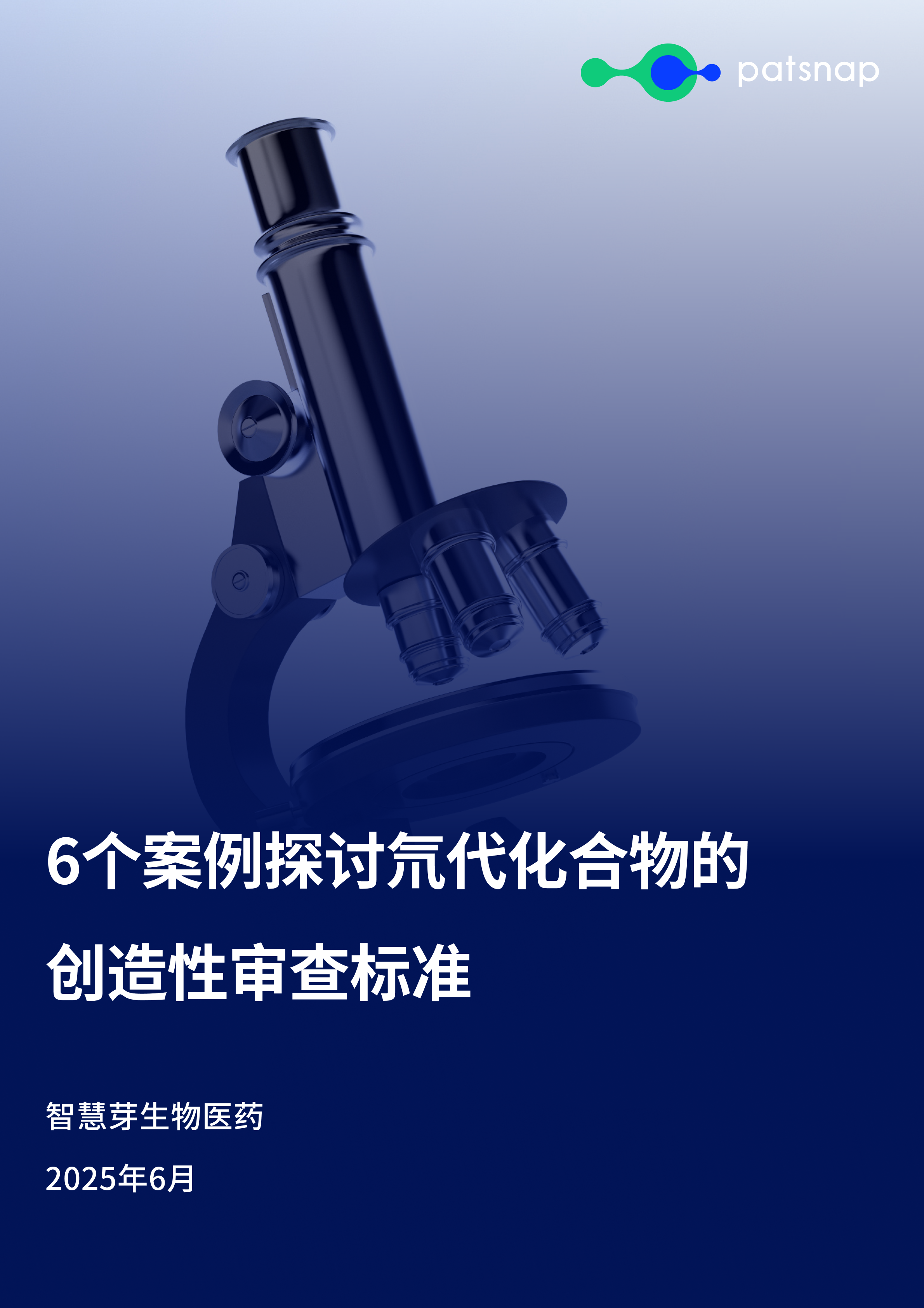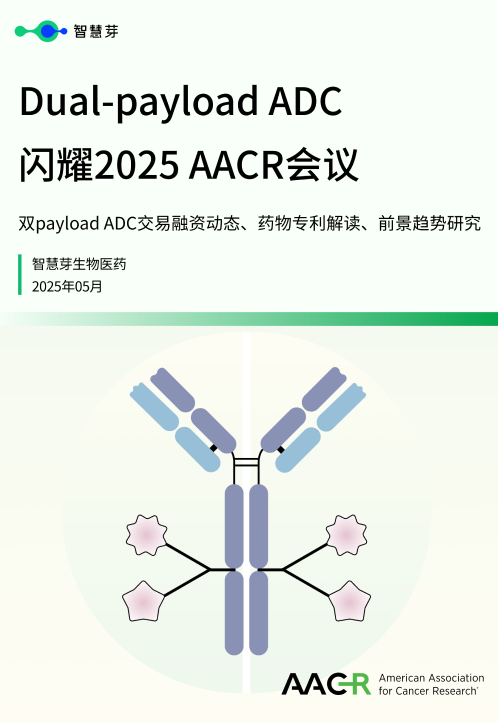预约演示
Marinus plots path towards approval after mixed bag for seizure therapy
2024-06-17
临床3期临床结果上市批准
Marinus Pharmaceuticals said it plans to meet with the FDA to “discuss a potential path forward” for an IV formulation of its anti-seizure drug ganaxolone after the candidate met one of its primary endpoints, but missed the second, in late-stage study of patients with refractory status epilepticus (RSE).
The topline data were released two months after an interim analysis of the Phase III RAISE trial failed to meet early stopping criteria, triggering the biotech’s stock to plummet more than 80%. Monday’s data didn’t seem to further disappoint investors, however, as Marinus traded flat for the day.
Much of Marinus’ hopes are pinned on ganaxolone. The biotech cut about 20% of its staff in May and deferred its manufacturing investments to extend cash runway into the second quarter of 2025 while it awaited the topline RAISE readout. The firm is also projecting full-year sales between $33 million and $35 million of the oral version of ganaxolone, marketed as Ztalmy to treat seizures associated with CDKL5 deficiency disorderCDKL5 deficiency disorder. The drug brought in $7.5 million in revenue during the first quarter.
A hit and a miss
RAISE randomised 96 RSE patients who had failed at least two prior anti-seizure treatments to receive either IV ganaxolone or placebo. About 80% of patients who received the GABA receptor modulator achieved status epilepticus cessation within 30 minutes of treatment versus 13% for placebo, meeting one of the study’s co-primary endpoints.
However, ganaxolone missed the second co-primary endpoint, which compared the proportion of patients who avoided progression to IV anaesthesia for 36 hours post-treatment. Of those in the treatment cohort, 63% did not progress, missing the bar of statistical significance versus placebo, where 51% of participants did not progress.
Marinus leadership said the failure may have been because the treatment arm consisted of patients with more severe disease than placebo.
Chief medical officer Joseph Hulihan said an “imbalance in baseline characteristics… confounds the assessment of potential differences in patient outcomes" between the two groups. He noted that the ganaxolone arm had a higher proportion of patients presenting with stupor or coma; requiring mechanical ventilation; and who had a greater number of underlying disorders associated with morbidity and mortality, such as glioblastoma and encephalitis.
The company also said that the progression endpoint itself “may not represent an accurate measure of seizure control” as the need for IV anaesthesia may have been driven by factors other than status severity, according to preliminary electroencephalogram (EEG) analyses. Based on EEG scans, patients who received ganaxolone experienced an 88% median reduction in seizure burden through 36 hours compared with 38% for placebo.
更多内容,请访问原始网站
文中所述内容并不反映新药情报库及其所属公司任何意见及观点,如有版权侵扰或错误之处,请及时联系我们,我们会在24小时内配合处理。
靶点
药物
Eureka LS:
全新生物医药AI Agent 覆盖科研全链路,让突破性发现快人一步
立即开始免费试用!
智慧芽新药情报库是智慧芽专为生命科学人士构建的基于AI的创新药情报平台,助您全方位提升您的研发与决策效率。
立即开始数据试用!
智慧芽新药库数据也通过智慧芽数据服务平台,以API或者数据包形式对外开放,助您更加充分利用智慧芽新药情报信息。




